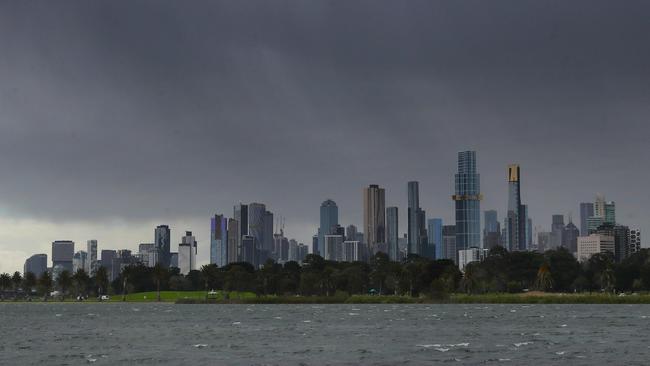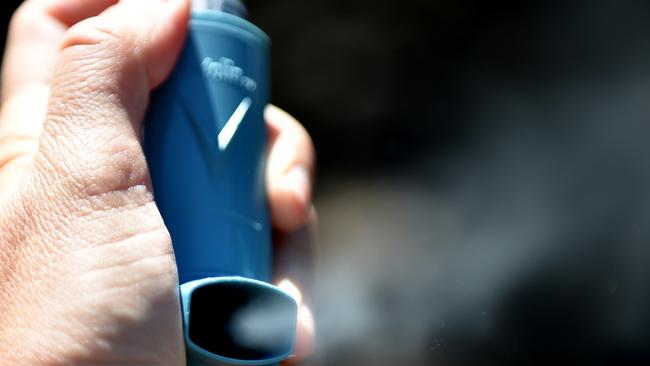Deadly thunderstorm asthma test breakthrough
Victorians can find out if they’re at risk of a deadly attack after a research breakthrough. See if your eligible for testing.
News
Don't miss out on the headlines from News. Followed categories will be added to My News.
VICTORIANS with hay fever will now be able to request a trio of tests from their GP to check their risk of developing thunderstorm asthma, after Melbourne researchers cracked who is at highest risk of the deadly event.
While it has been known that hay fever and rye grass pollen allergies are key risk factors for being struck with serious breathing difficulties during this unusual storm activity, given that one in five Victorians have seasonal allergies the hunt has been on to better define who is at greatest risk.
Royal Melbourne Hospital’s director of research and allergy specialist Professor Jo Douglass, said since the deadly mass casualty event in 2016, where 10 people died and Melbourne’s hospital and ambulance system was overrun by 14,000 patients seeking emergency help within a few hours, the holy grail had been to better direct preventive treatment.

“Trying to know who to target for preventive treatment has been a real problem for GPs and people seeking advice,” Prof Douglass said.
“The findings are timely because thunderstorm asthma season is here.
“Most thunderstorm asthma events have occurred in the second or third week of November. “The usual sequence of weather before thunderstorm is three days of high pollen counts and warm days.”
The researchers studied 228 hay fever sufferers from across six hospitals, finding that about third had just the seasonal allergies, a further third experienced thunderstorm asthma but could manage their symptoms at home, while the remaining group needed hospital treatment for thunderstorm asthma.
They found that those most likely to experience serious respiratory distress had slightly lower lung function, elevated counts of a specific type of allergic cells in the blood called eosinophils, and scored over a certain high threshold of blood specific immunoglobulin E (lgE) to rye-grass pollen.

All of those who died in 2016 had levels of rye grass allergy above that score.
“What this paper does is allow simple testing that could be done by a GP, to ascertain those at greater risk and thereby target treatment so we can then target the correct treatment for people who are at greater risk and ensure they are prepared for a hay fever season,” she said.
The study, funded by the Medical Research Future Fund, was published in the Journal of Allergy and Clinical Immunology.
The researchers are now continuing to analyse this data in the hunt for further risk factors, as well as developing better blood tests to check risk and preparing for clinical trials to test promising new preventive immunotherapies.




